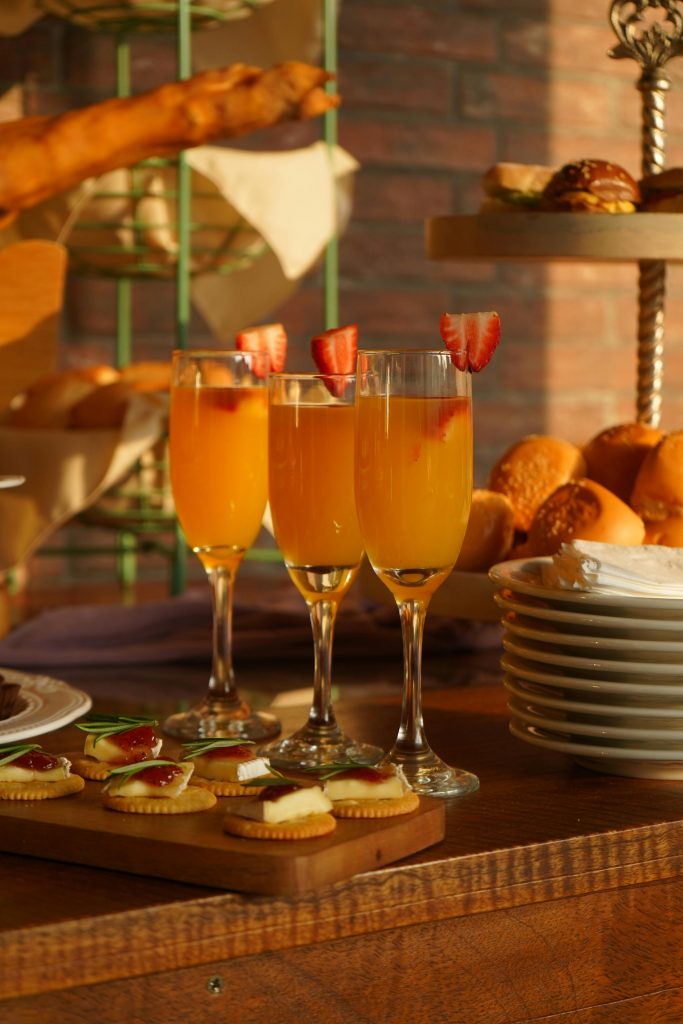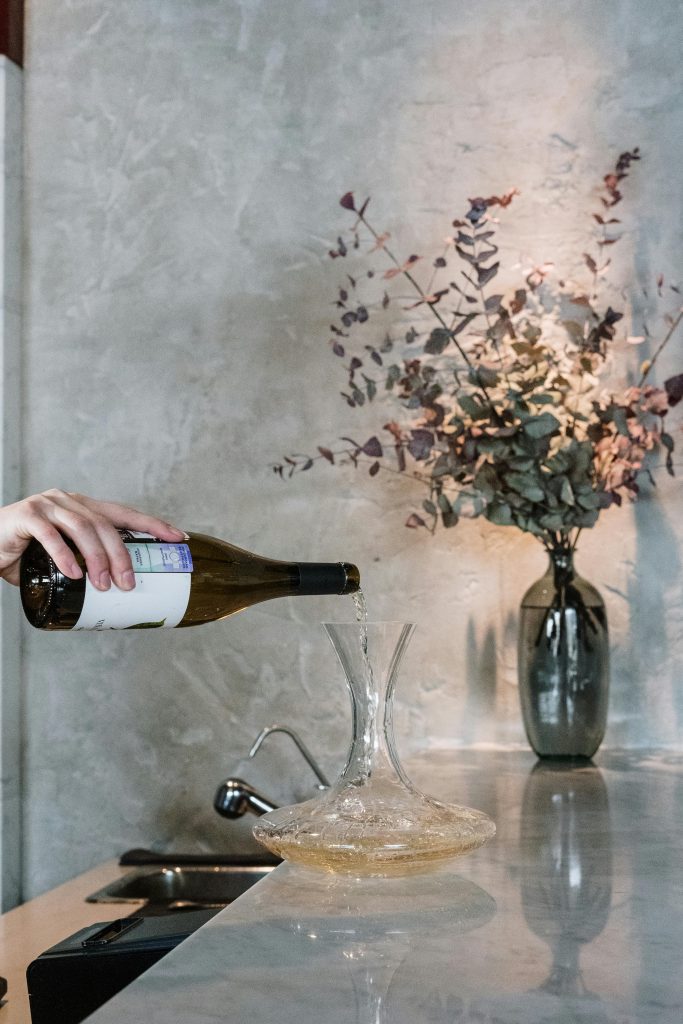
Ever dreamt of owning a vineyard but never had enough money? Well, you’re in luck. Europe, with its rich viticultural history, offers several regions where you can cultivate quality grapes without draining your savings. Let’s embark on a journey through some of Europe’s most affordable wine regions, considering factors like land prices, climate, labor costs, infrastructure, and proximity to major wine markets.
Why Invest in European Vineyards?
Europe’s diverse climates and terrains have birthed some of the world’s most renowned wine regions. Investing in a European vineyard means tapping into centuries-old traditions, benefiting from established infrastructures, and accessing a vast market of wine aficionados. Plus, with the continent’s efficient transportation networks, getting your wine to consumers is a breeze.
Key Factors to Consider
Before diving into specific regions, let’s outline the essential factors to consider when scouting for vineyard land:
- Land Prices: The cost per hectare can vary dramatically across Europe.
- Climate: Ideal conditions are crucial for grape cultivation.
- Labor Costs: Affordable and skilled labor can significantly impact profitability.
- Infrastructure: Access to roads, utilities, and facilities is vital for operations.
- Market Proximity: Being close to major wine-consuming regions reduces transportation costs and time.

Top Affordable Wine Regions in Europe
Let’s explore some European regions that offer a harmonious blend of affordability and quality for aspiring vineyard owners.
1. Bulgaria
Overview: Bulgaria, nestled in Southeast Europe, boasts a winemaking tradition dating back to ancient Thrace. The country’s diverse terroirs and moderate continental climate make it an excellent choice for viticulture.
Why It’s Affordable:
- Land is significantly cheaper than in Western Europe, with vineyard-ready plots starting at just €1,000-€3,000 per hectare.
- Labor costs are among the lowest in the EU, allowing for budget-friendly operations.
- Infrastructure is improving, with investments in transport and logistics making it easier to get wine to market.
Best Areas for Vineyards:
- Thracian Valley: Known for bold reds like Mavrud and Merlot.
- Danubian Plain: Produces fresh, aromatic whites.
- Struma Valley: Perfect for Mediterranean-style reds like Melnik.
2. Romania
Overview: Often overlooked, Romania has some of the best conditions for wine production in Eastern Europe. With a mix of continental and maritime influences, it supports a range of grape varieties.
Why It’s Affordable:
- Vineyard land costs between €2,000-€5,000 per hectare, far lower than in France or Italy.
- Local labor remains cost-effective while skilled, thanks to a deep-rooted winemaking culture.
- Romania’s infrastructure, especially in wine regions, is improving with EU support.
Best Areas for Vineyards:
- Dealu Mare: Known as the “Tuscany of Romania,” ideal for red wines.
- Murfatlar: Close to the Black Sea, great for both whites and reds.
- Transylvania: Cooler climate, producing crisp, aromatic whites.
3. Portugal (Outside the Douro Valley)
Overview: While the Douro Valley is famous and pricey, other Portuguese regions offer fantastic winemaking opportunities at a fraction of the cost.
Why It’s Affordable:
- Land in lesser-known regions starts at €5,000-€10,000 per hectare.
- Portugal’s mild climate and diverse terroirs allow for varied wine styles.
- Infrastructure and export channels are well-developed, given Portugal’s established wine trade.
Best Areas for Vineyards:
- Alentejo: Affordable land with a hot, dry climate perfect for reds.
- Lisboa Region: Close to major markets and good for white wines.
- Dão: Produces elegant, structured reds at lower land costs.
4. Hungary
Overview: Hungary is famous for its Tokaji sweet wines, but it also offers incredible value for those looking to start a winery.
Why It’s Affordable:
- Vineyard land costs between €3,000-€7,000 per hectare.
- Winemaking is deeply ingrained in the culture, meaning skilled labor is available.
- Central location within Europe makes transportation easy.
Best Areas for Vineyards:
- Tokaj: Ideal for sweet and dry white wines.
- Eger: Known for bold reds like Bikavér (Bull’s Blood).
- Villány: Warmer climate, great for full-bodied reds.
5. Moldova
Overview: Though not an EU country, Moldova is a rising star in winemaking, offering unbeatable land prices and high-quality grapes.
Why It’s Affordable:
- Vineyard-ready land is incredibly cheap, often under €1,500 per hectare.
- Labor is among the lowest-cost in Europe, yet winemaking expertise is strong.
- Close to Eastern European markets, with increasing exports to Western Europe.
Best Areas for Vineyards:
- Codru: Produces balanced reds and whites.
- Stefan Voda: Warmer, great for full-bodied reds.
- Valul lui Traian: Offers diverse terroirs and grape varieties.

Comparison Table: Best Affordable Wine Regions in Europe
| Region | Land Price Per Hectare | Best Grapes | Market Access |
|---|---|---|---|
| Bulgaria | €1,000 – €3,000 | Mavrud, Merlot | Good |
| Romania | €2,000 – €5,000 | Fetească, Merlot | Good |
| Portugal | €5,000 – €10,000 | Touriga Nacional, Arinto | Excellent |
| Hungary | €3,000 – €7,000 | Furmint, Kékfrankos | Good |
| Moldova | €1,500 – €3,000 | Rara Neagră, Chardonnay | Improving |

Final Thoughts
If you’ve ever dreamed of owning a vineyard but thought it was out of reach, these European regions prove otherwise. With affordable land, excellent growing conditions, and access to major wine markets, you can turn your winemaking aspirations into reality. Whether you’re after bold reds in Bulgaria, crisp whites in Hungary, or sweet delights from Moldova, the opportunities are ripe for the picking.
For more tips on vineyard ownership, check out this article: From Grapes to Glory: What It Takes to Own a Vineyard. And if you’re on the hunt for budget-friendly land deals, visit Property Under 100K.
Happy winemaking!




























